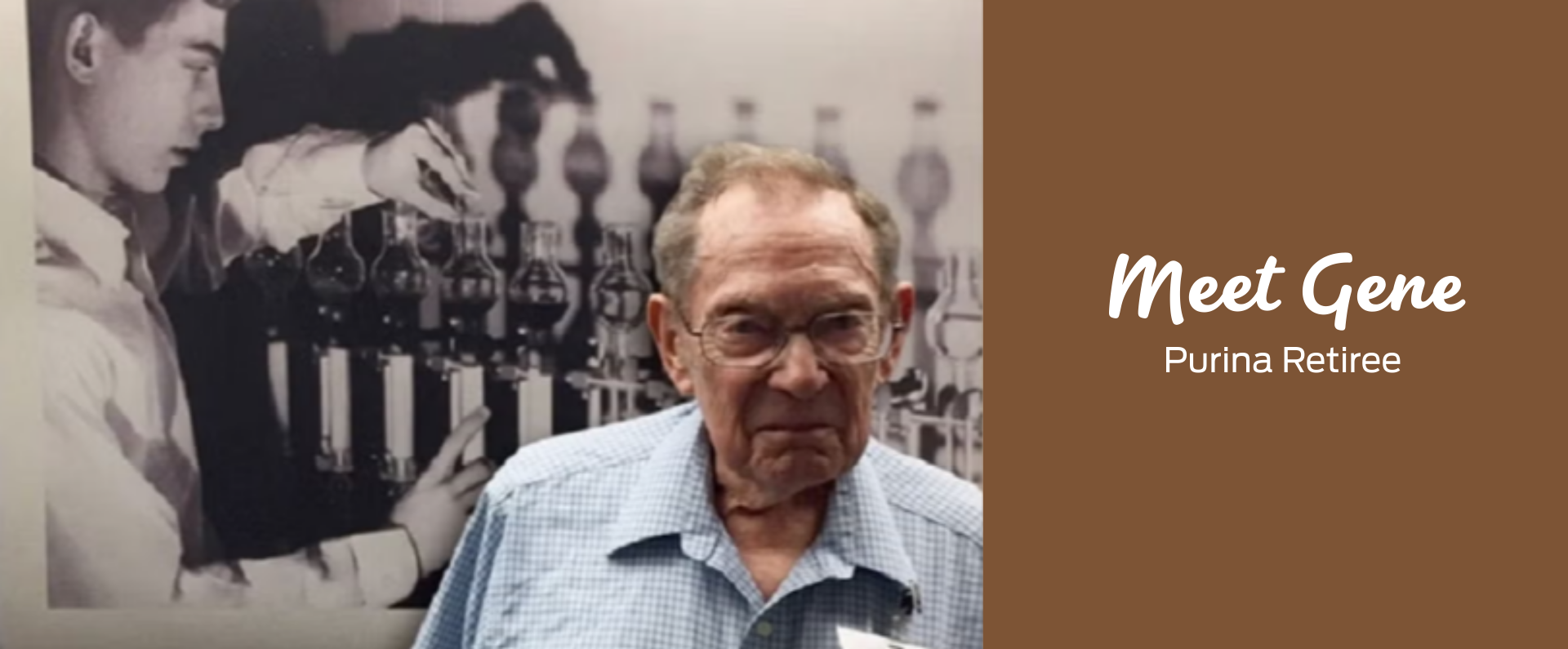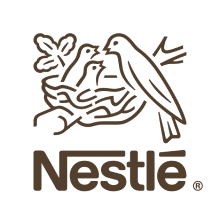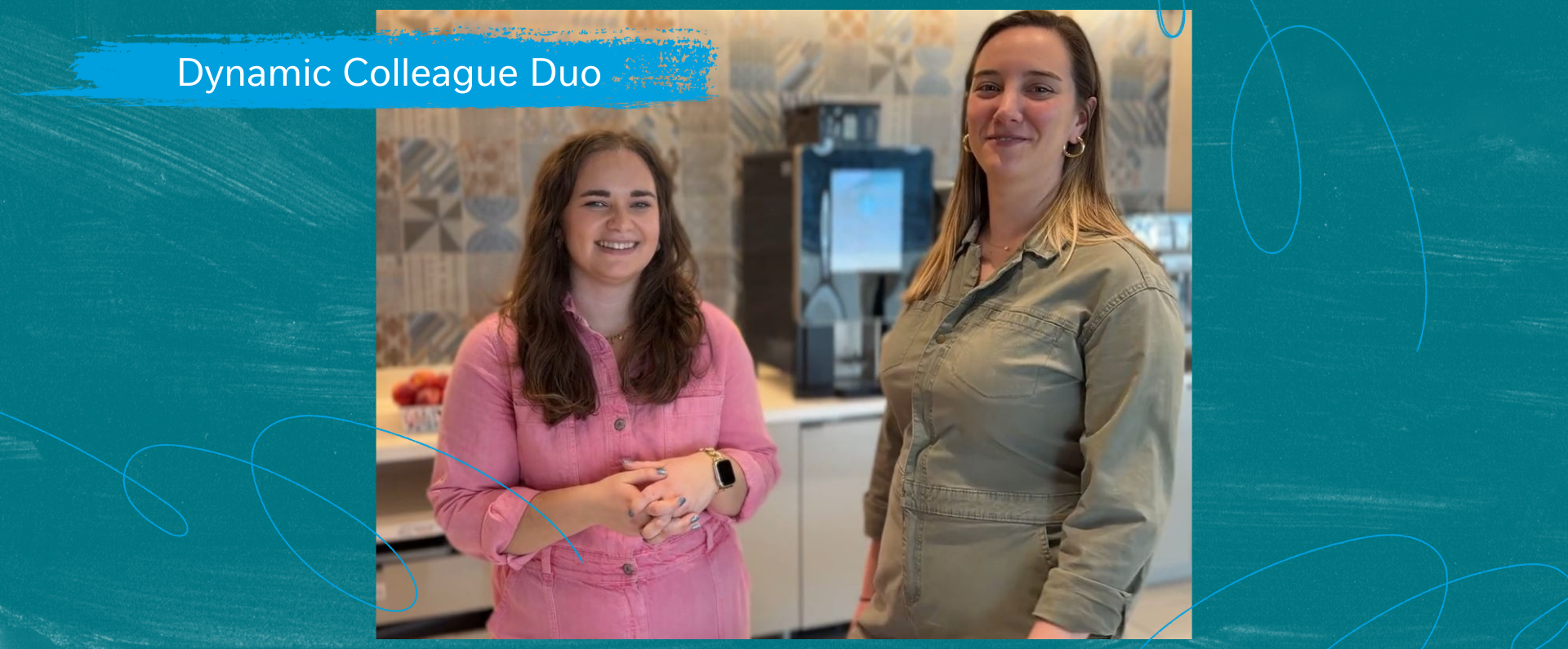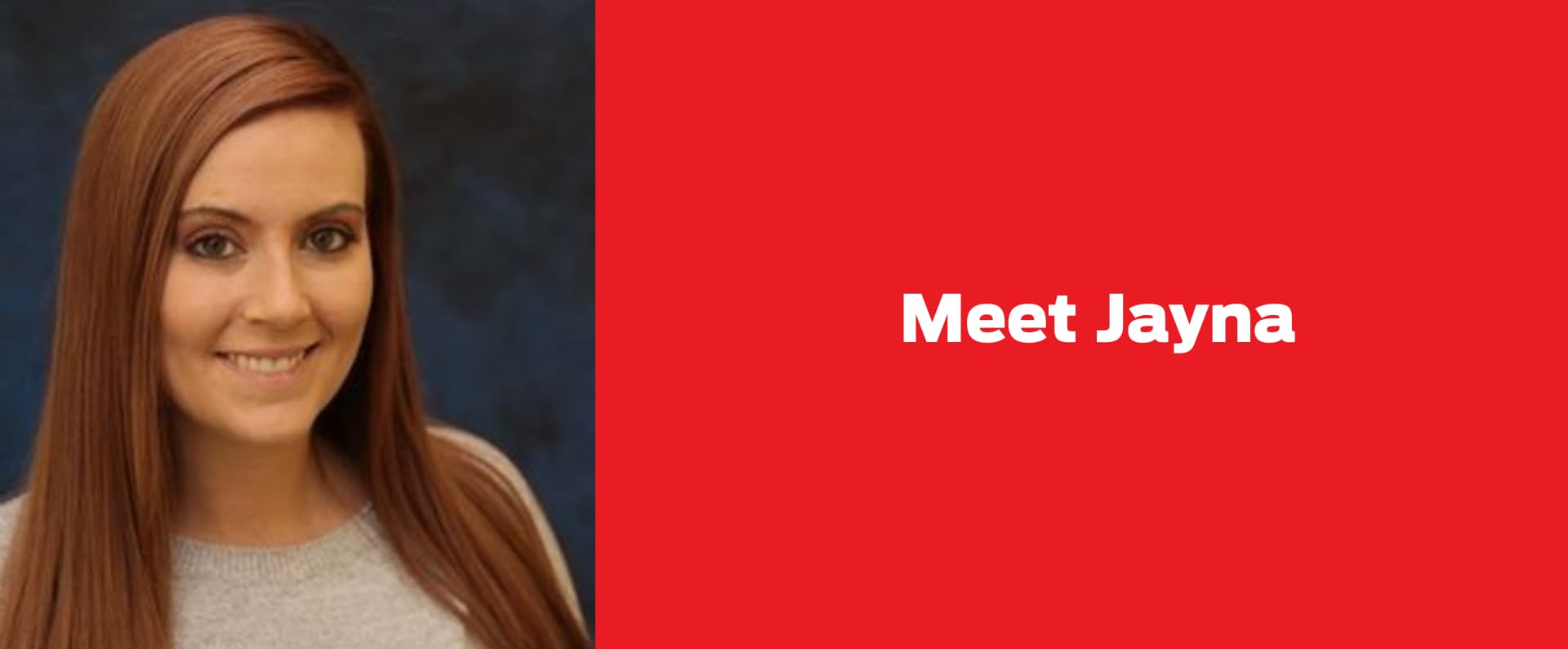
Retiree Returns to Nestle Purina After 30 Years
After more than 30 years, retiree Gene S. returned to his old stomping grounds at Purina’s St. Louis Headquarters. All because of a photograph.
When Eileen, Gene’s daughter and a chemist at Mallinckrodt, was perusing the centennial brochure on the Nestlé Purina Analytical Laboratories (NPAL) website, she immediately noticed a familiar face – her father. Eileen reached out to NPAL associates Lynn L., Director, and Kathy P., Group Manager, to arrange for her father to visit Purina on July 26. After a brief tour of the campus, Gene recalled his time with the company.
"We were delighted to have Gene come for a visit and share stories from some of the early days of the laboratory," Lynn says. “His prodigious memory is incredible, and he helped fill in some gaps in the lab’s history."
Seventeen-year-old Gene began his career at Ralston Purina in 1947. He was originally hired to work in the laboratory to clean equipment under the supervision of Bill B., Laboratory Manager. Gene says Bill saw his potential and persuaded him to pursue a chemistry degree at Washington University in St. Louis.
Gene became an expert at chromatography, a technique used to separate substances into components, and he was responsible for implementing gas chromatography in Purina laboratories. But through the course of his 38-year tenure at Purina, Gene is probably best known as the "father” of Purina’s homegrown Laboratory Information Management System (LIMS).
LIMS began in 1968 when an analysis of the Research Department revealed that 15 percent of technicians’ time was spent on paperwork and copying numbers. Gene and a coworker approached management with the idea of implementing a computer system that would automate data processing, with the justification that the time saved and increased accuracy would benefit the company. Management approved the proposal, and Purina invested in an IBM 1800 computer to start the work.
Gene learned the Fortran programming language, and data was fed into the computer using punch cards. He says the system automated things to such an extent that Research associates weren’t busy enough, which eventually led to the creation of Research 900 (now known as NPAL). The LIMS system was used until 1998.
Although Gene is credited with building LIMS, he says the recognition should be shared with the entire lab personnel. He noted that Bill and Mary H., the first female chemist hired by the company, were extremely instrumental in developing the Research and Development laboratories into what they are today.
"Dad was surprised how much of his old system has transitioned into the software system used today," says McClendon. "While he received input from many others for the system and was rather humble about his contributions, it was quite apparent how much his guiding hand had shaped what was a very viable system. I am understandably proud of his contributions to Purina and the chemical analysis field as a whole."
After he retired in 1985, Gene had a LIMS consulting business until 1992. He and his wife then became interested in genealogy and traveled to trace their family histories. He was also active with the Jewish Genealogical Society of St. Louis, where he set up a computer-based search system for the records of local Jewish cemeteries.




